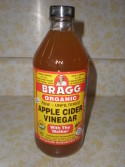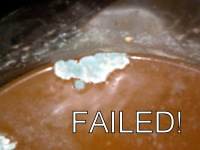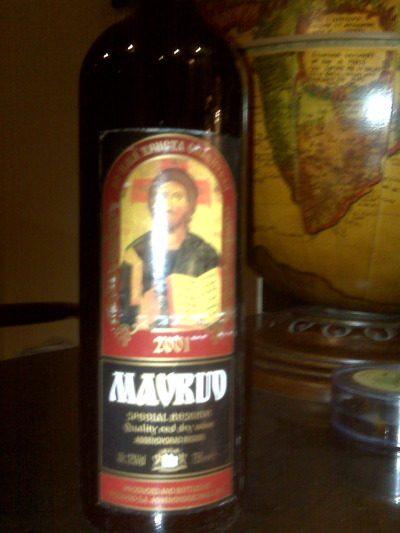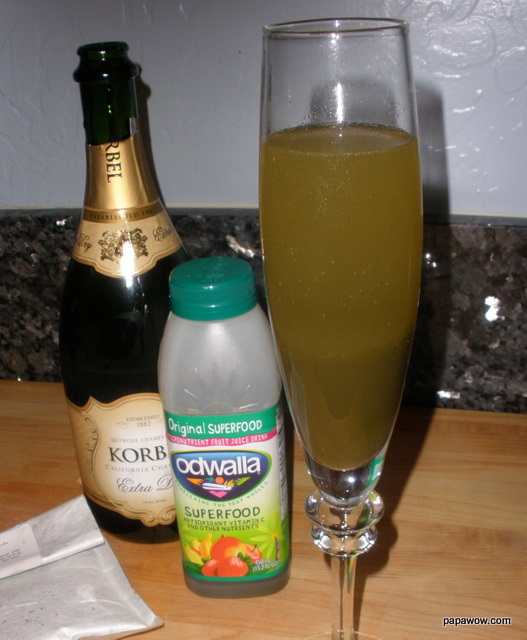
So it is New Year's Day and you imbibed maybe just a little too much last night, or maybe just the right amount, but in any case someone mentions mimosa and omelettes and immediately after agreeing, you remember those pesky Resolutions you made.
New Year's Day comes on a Saturday this year so you tell yourself that you'll start on Monday, yea that's it, you'll start on Monday with the 'eating right' and the 'exercising everyday' and right now you could totally go for a carafe of mimosa and a Denver Omelette, extra Cheddar.
Enter the Greeni Belini, stage right. Think: Starbucks Green Tea Latte meets mimosa. Packed with iodine and manganese, antioxidants and bioflavonoids, spirulina and and Nova Scotia Dulse (whatever that is) - this isn't your grandmothers mimosa.
The Greeni Bellini, although not-surprisingly unphotogenic, is really quite the tasty treat to tantalize the buds and get you firing back on all eight-cylinders. Powdered green tea, Macha, has a ton of antioxidants that your cells will thank you for.
Besides adding a little sweet and a little sourness to some cheap inexpensive Champagne sparkling wine, the matcha and the more wholesome bits in the Superfood give it more depth than a straight Bellini would have. The macha also lends a mild caffeine boost.
I made this with Korbel, a fantastic grab for $8 at CVS. Sorry, but please don't mix anything in with the good stuff (Veuve, Dom, PJ, Moet). I used Odwalla's Superfoods, but you could substitute other wholesome green juice blends like Naked's Green Machine.
I floated the sparkling wine over the Superfoods using a spoon like one would make a Black & Tan; this gave it very much the Mad Scientist look I was going for. I also used sencha instead of macha, but 9-out-of-10 Gaijin would never know the difference.
Here's how you do them:
- 1 bottle of Champagne or sparkling wine
- 1 bottle of green juice, Superfoods, Green Machine, etc.
- 1 tablespoon of powdered macha, sencha, usucha, or kiocha - I'm a gaijin, I'll never know
Pour about 1 tablespoon of the Superfoods at the bottom of a Champagne flute or other long narrow glass. Place a spoon into the glass over the Superfoods, but not touching it. Pour the sparkling wine gently onto the spoon so that they don't mix.
Using the end of the handle of the spoon scoop a small, pea-sized scoop of macha and top each glass. Be gentle or they will all erupt with bubbles. Enjoy while thinking of all those sit-ups you'll be doing... on Monday
I got my Sencha from O-Cha.com, they have very high quality Japanese green teas.


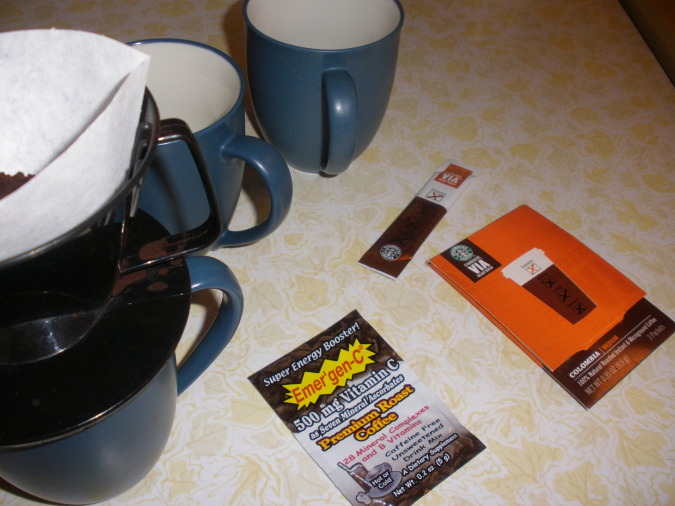
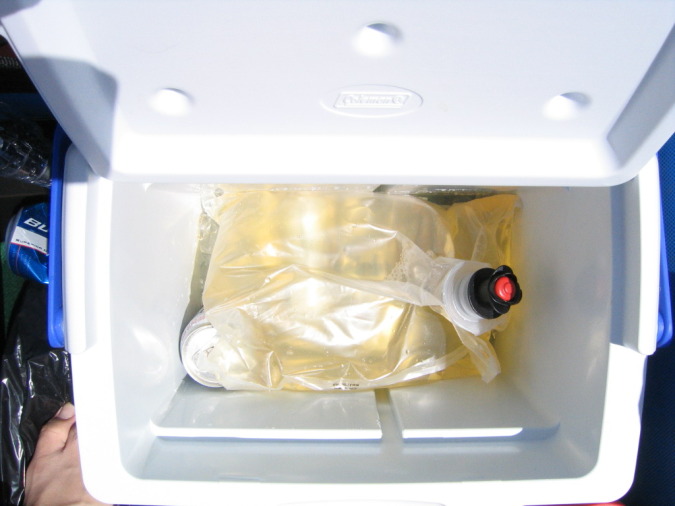
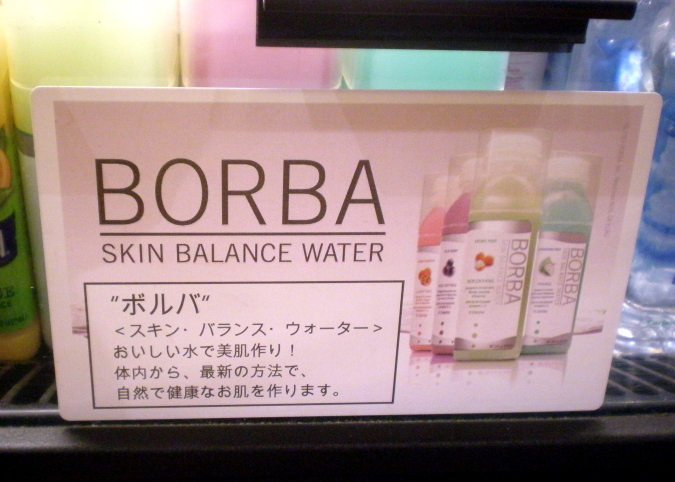
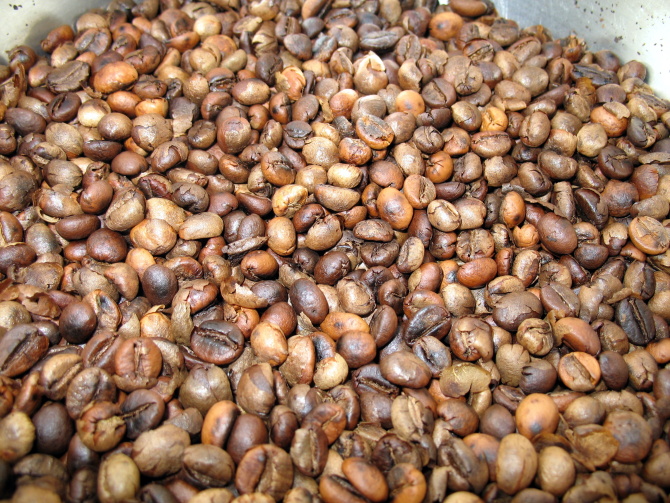
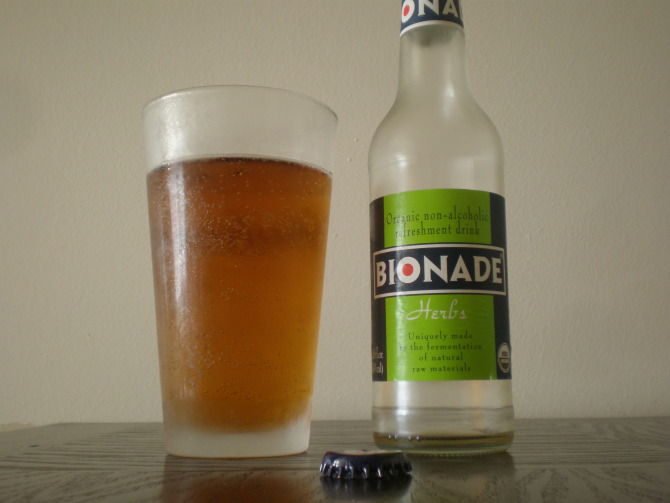




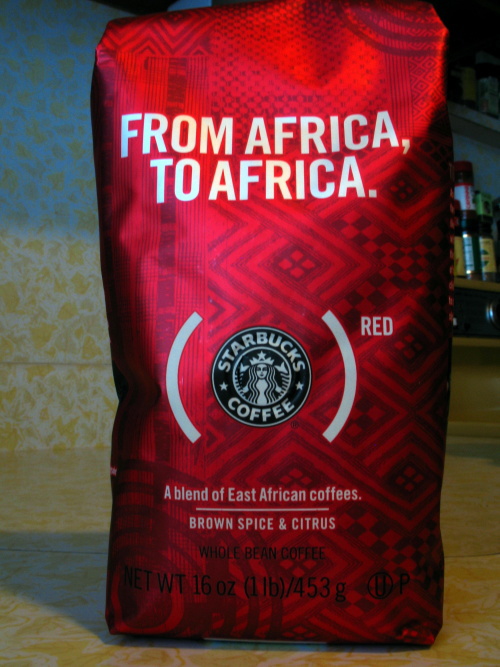
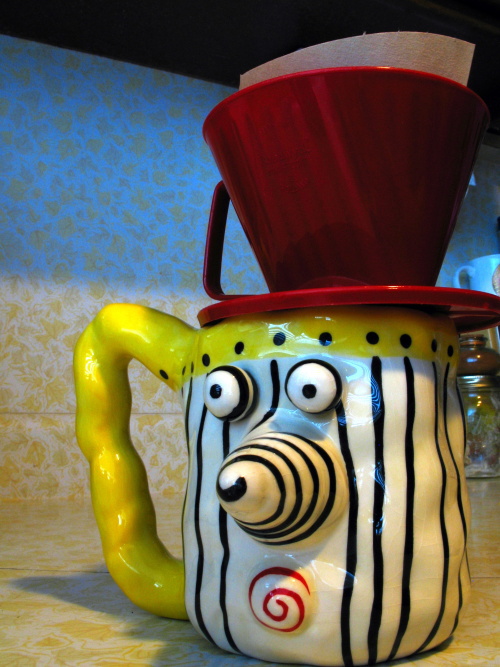
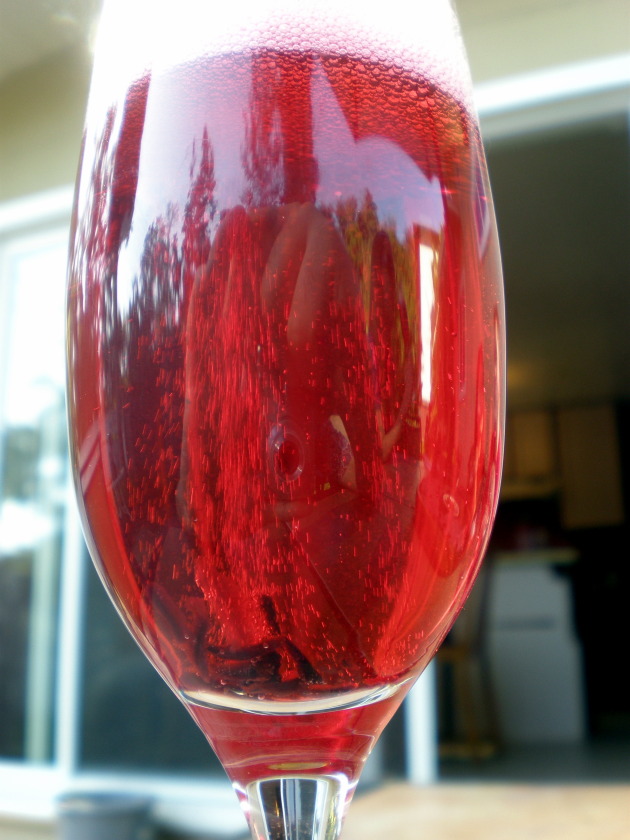
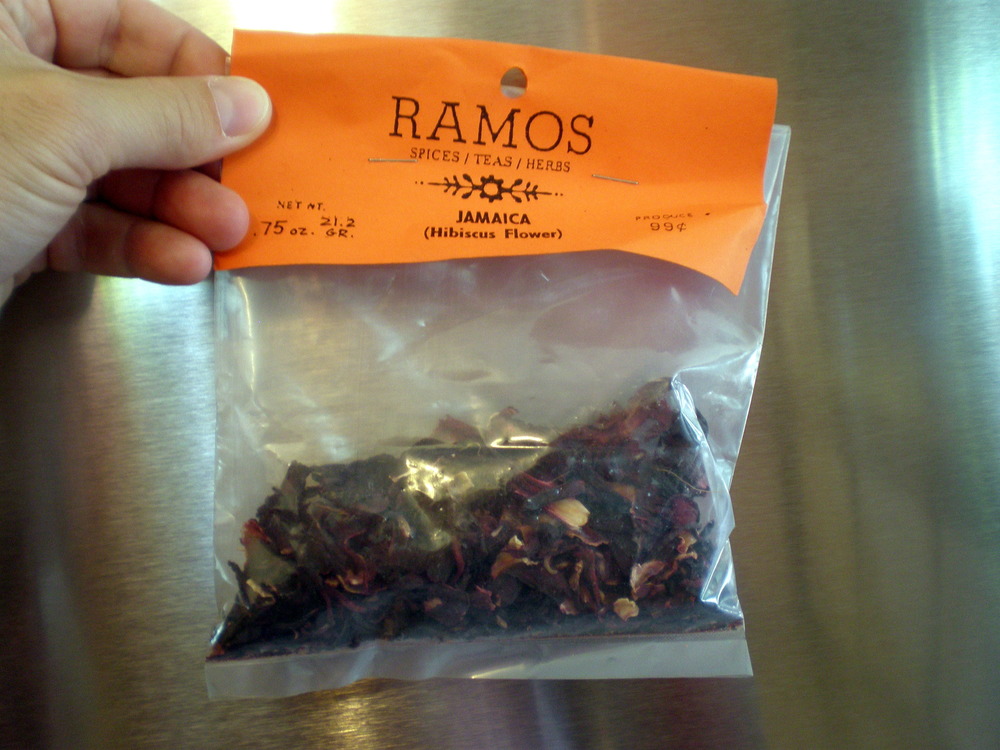
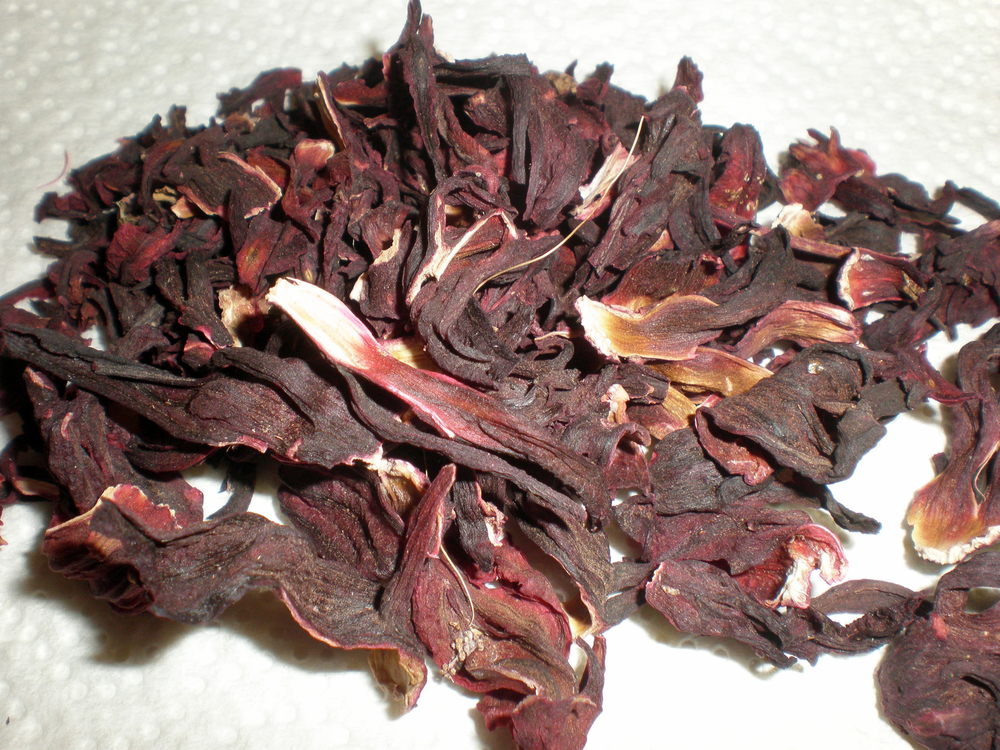
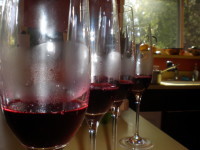
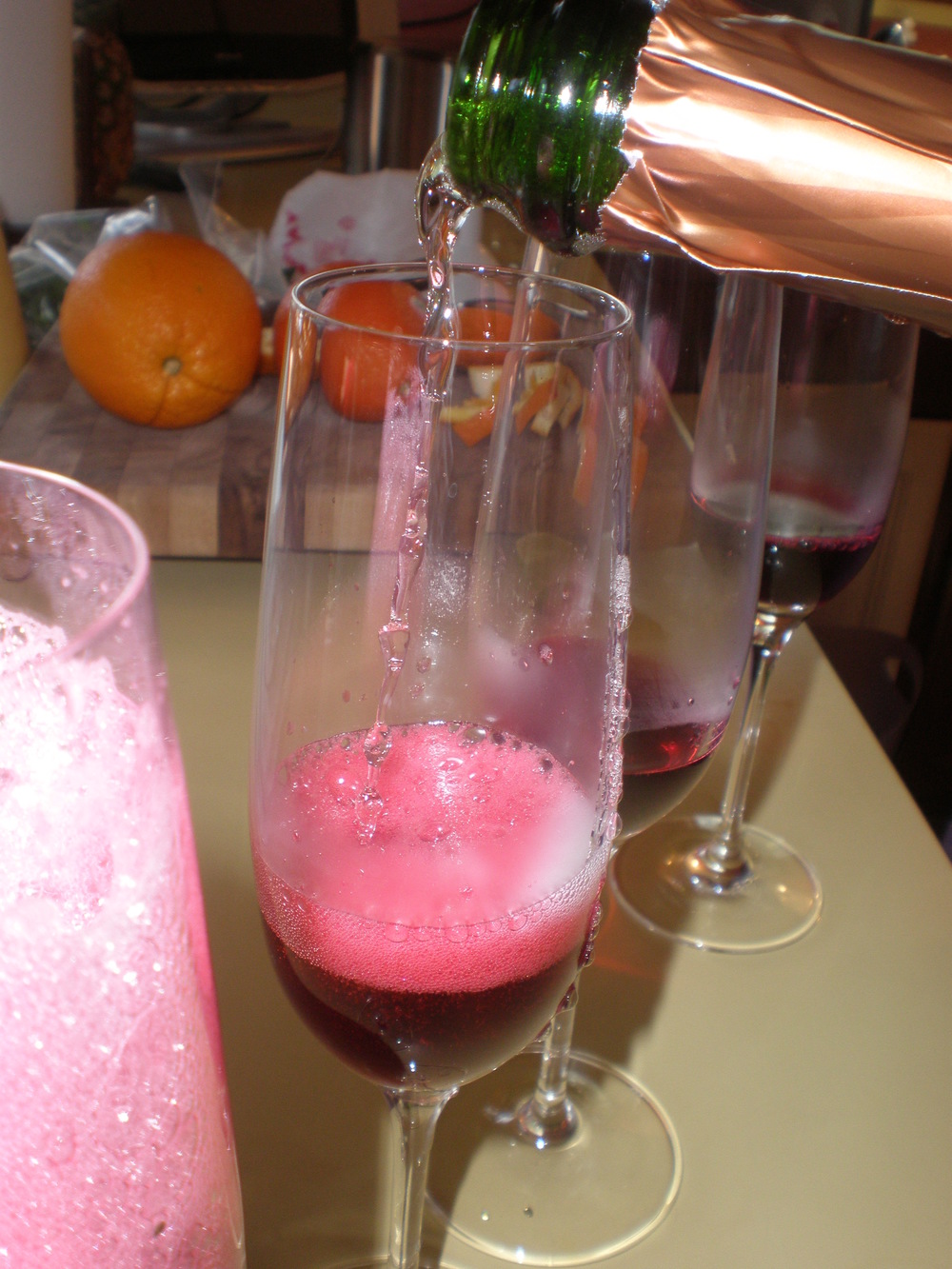
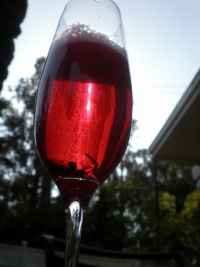
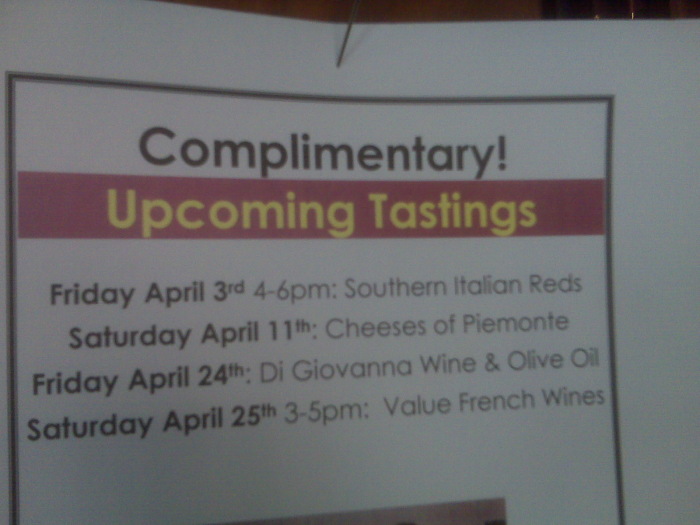
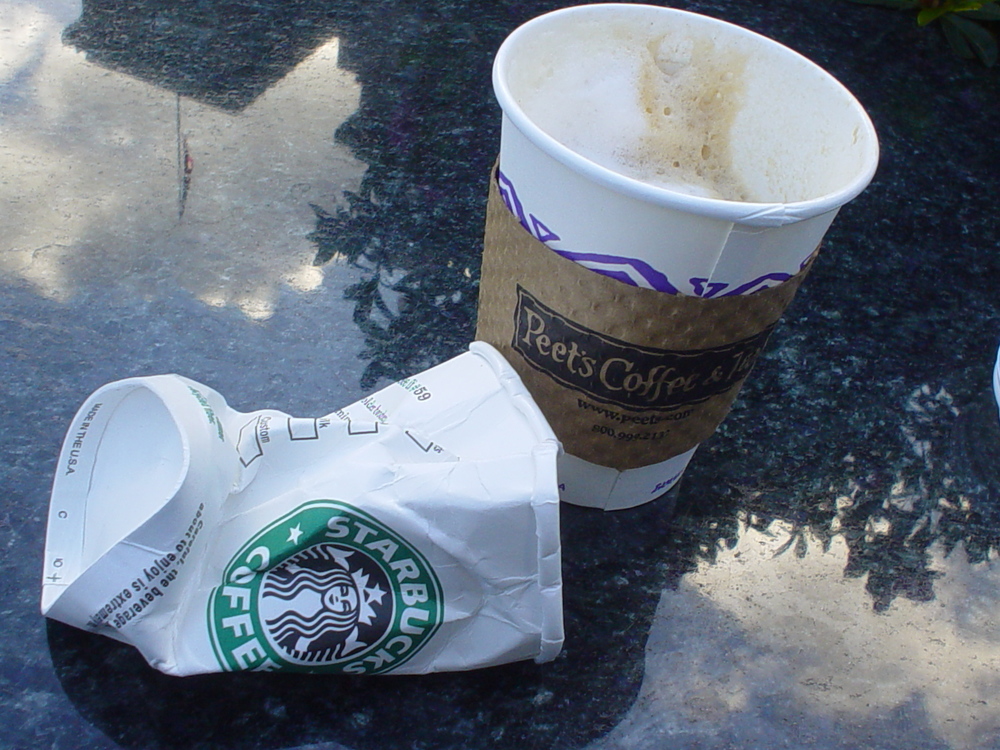
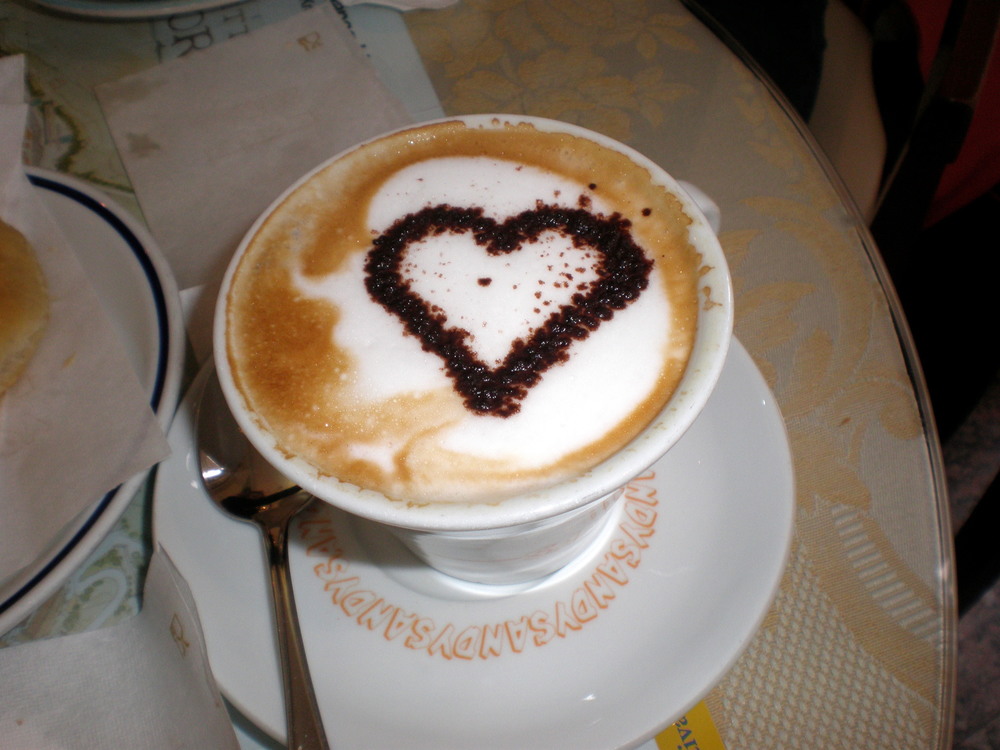
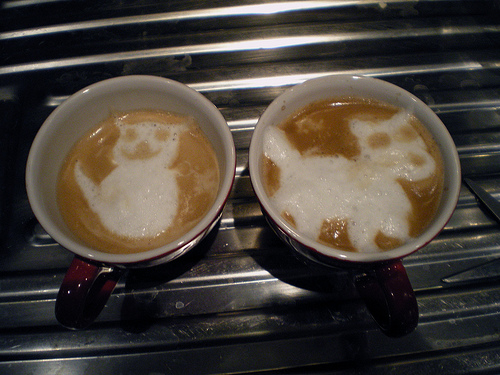
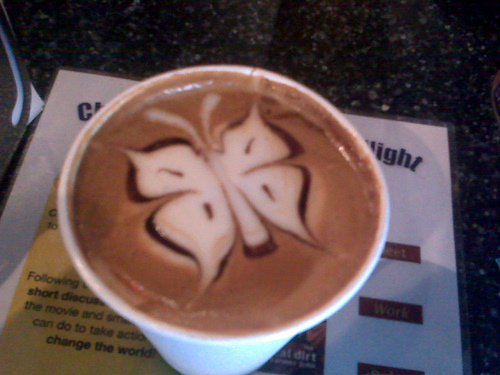
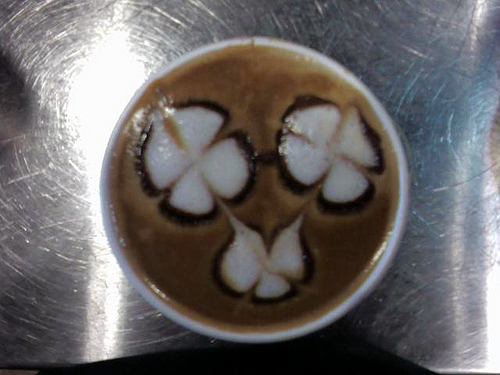
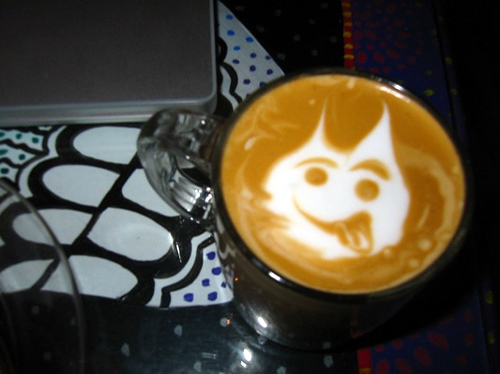
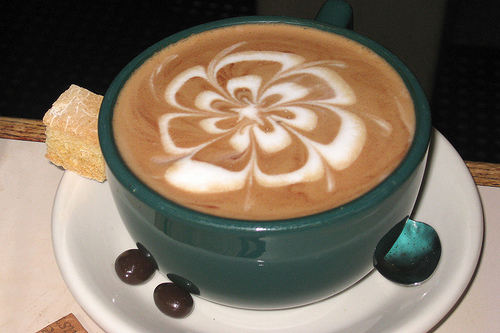
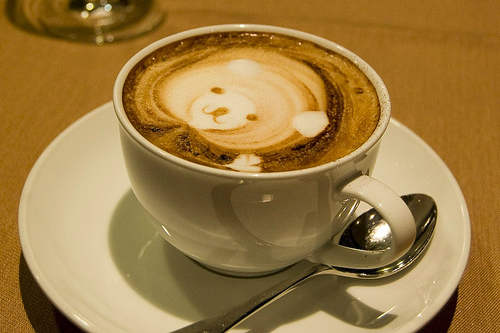
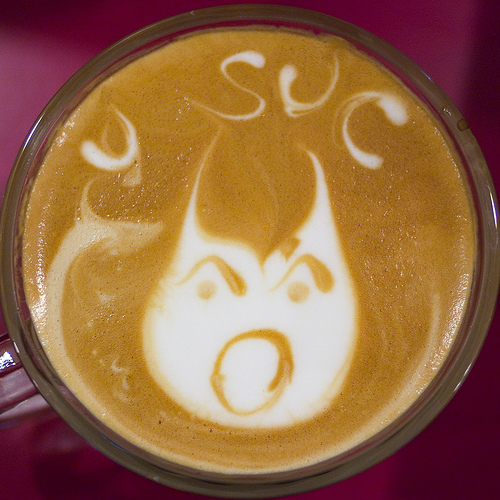
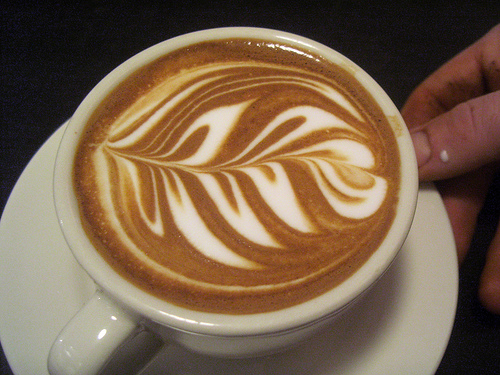
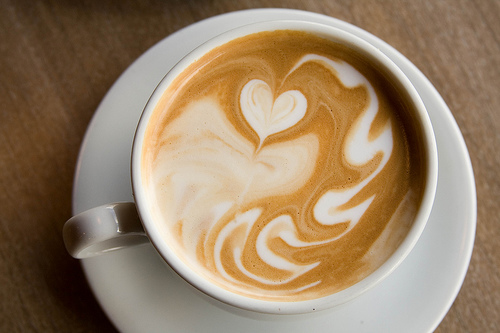
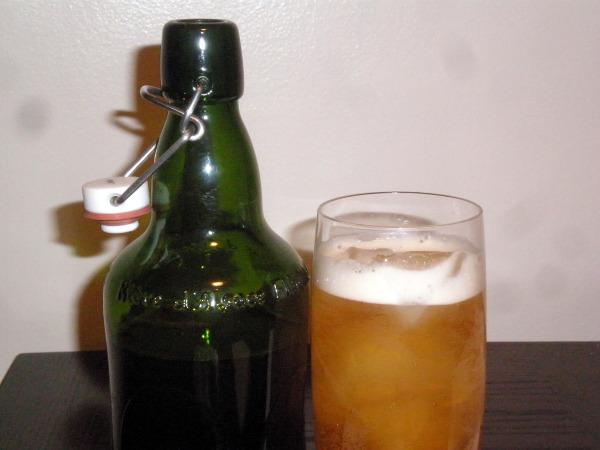
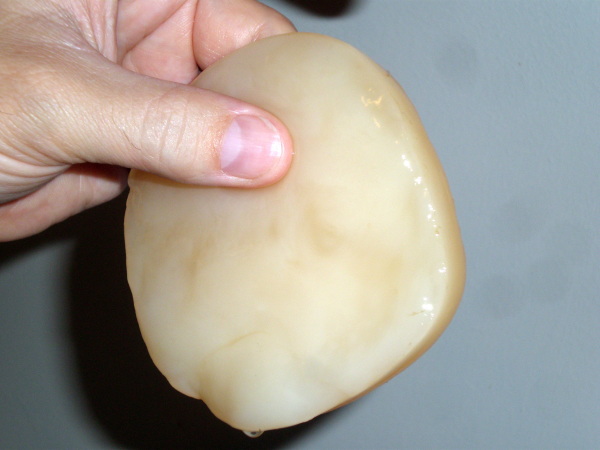
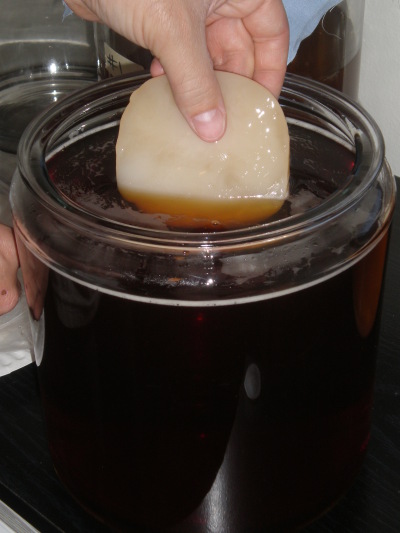
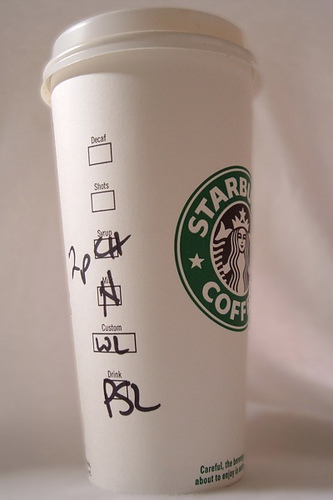
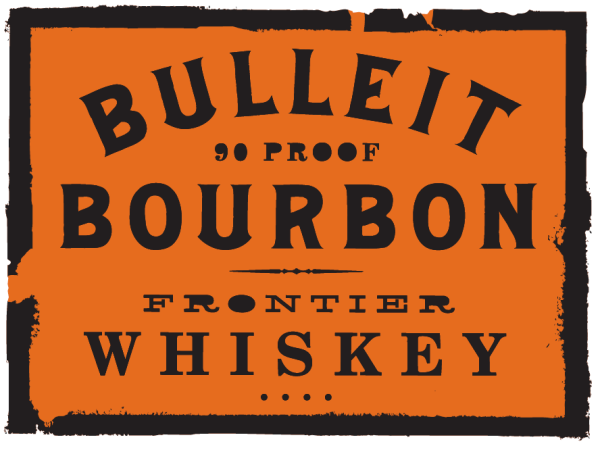
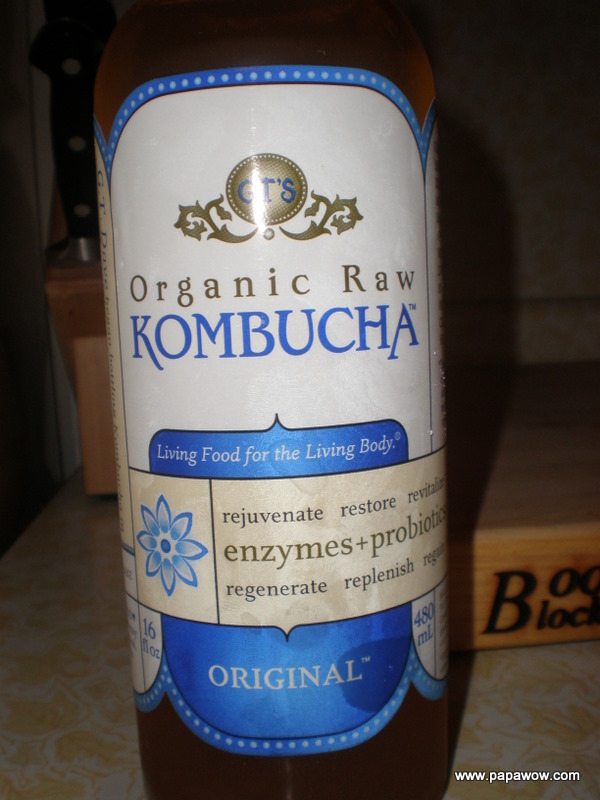
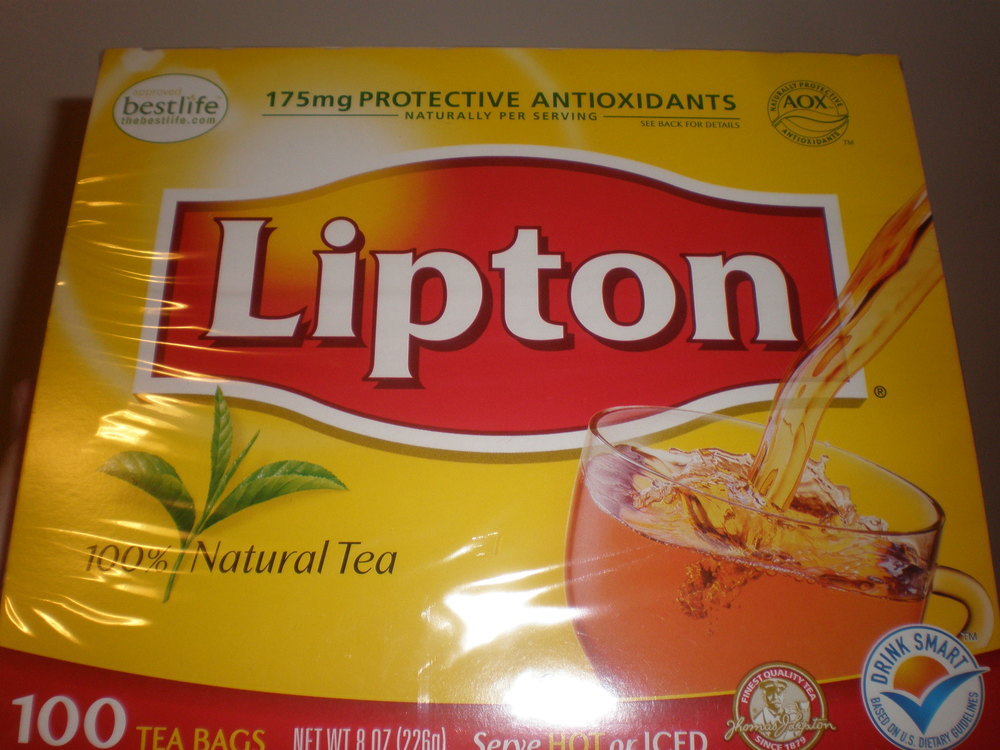
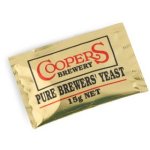 I add one 15g packet of
I add one 15g packet of 